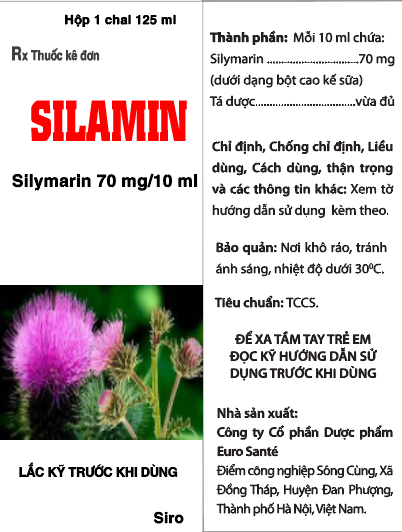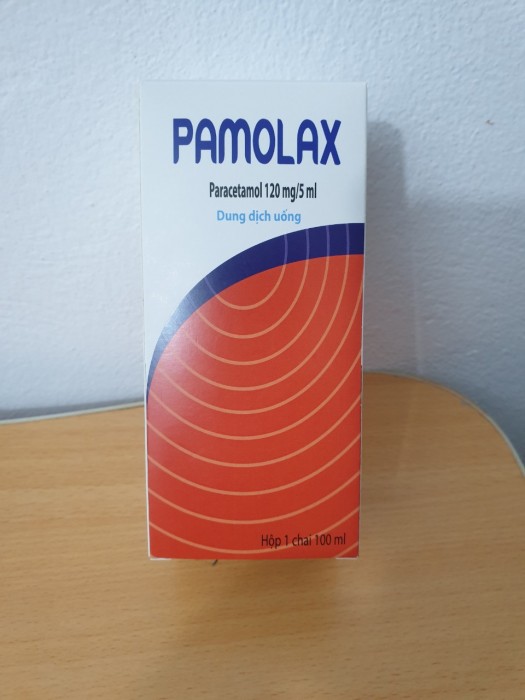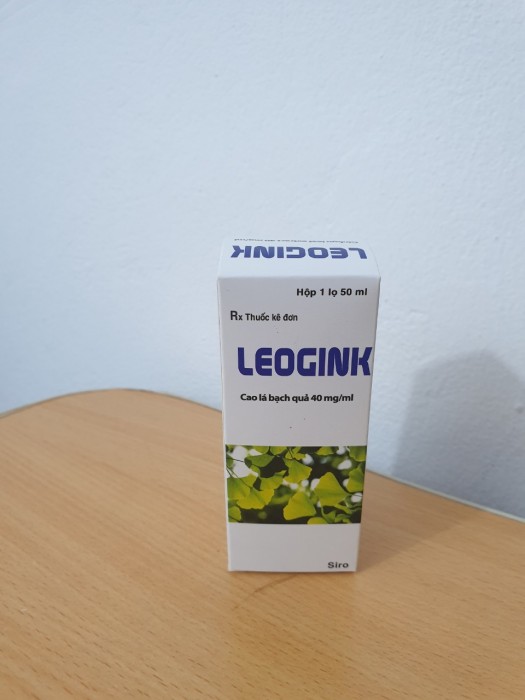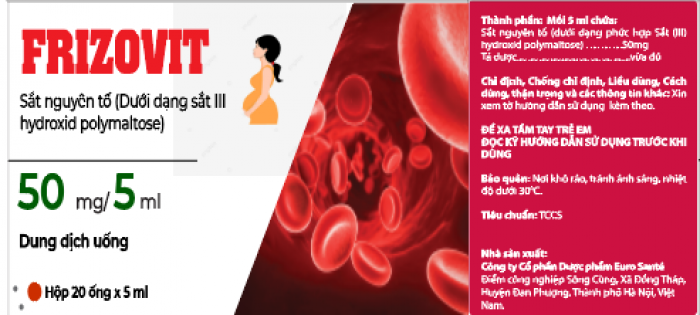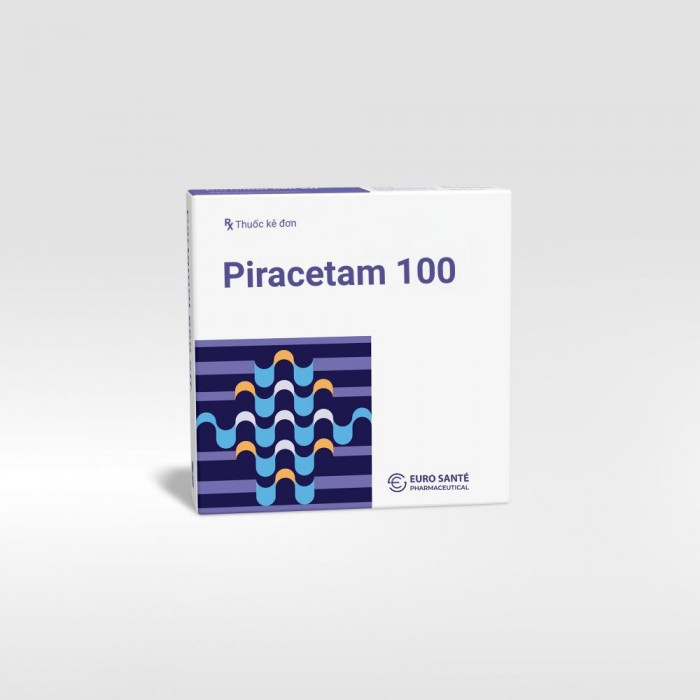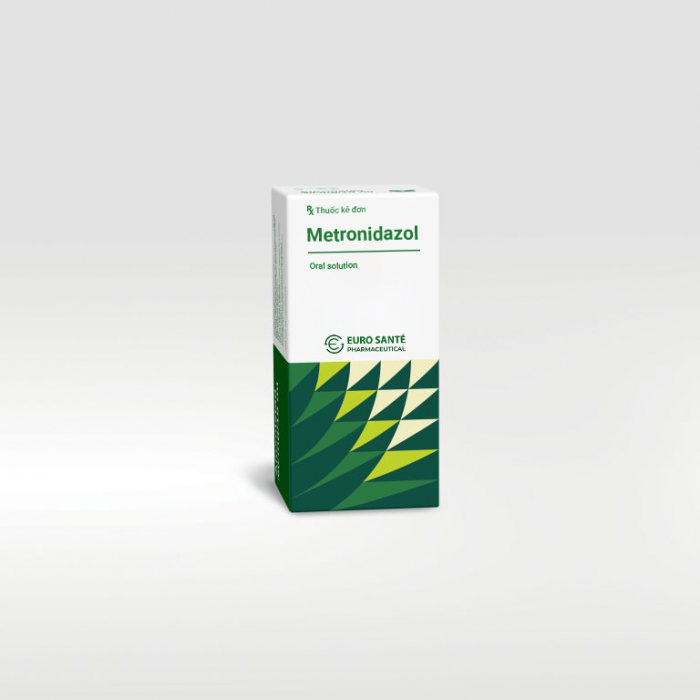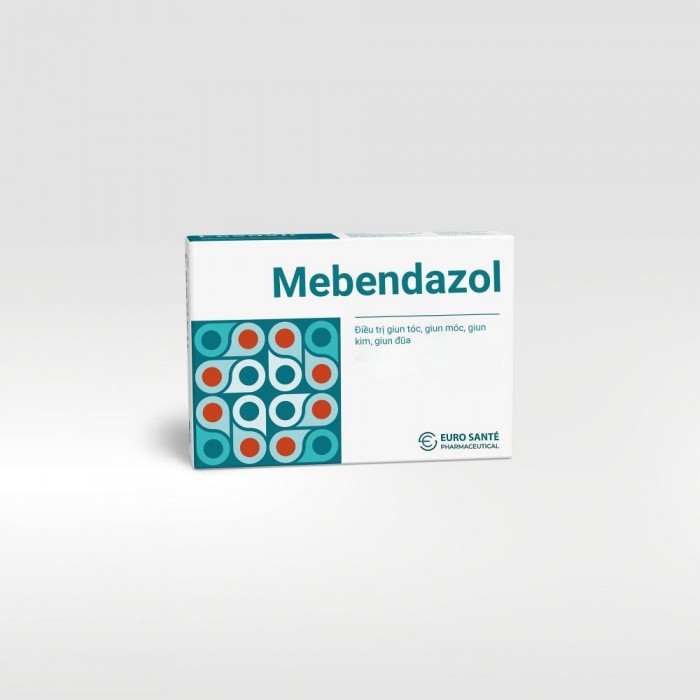- Supports the treatment of chronic hepatitis, cirrhosis, and liver damage caused by poisoning.
- Adults: 20 ml/time, 2-3 times/day.
- Children 12 years and older: 20 ml/time/day.
- Each course of treatment lasts from 8 to 12 weeks.
- Do not use in the treatment of acute poisoning.
- Patients who are allergic or sensitive to any component of the drug.
- Patients with primary biliary cholangitis.
- Patients with obstructive jaundice.
- Patients with hepatic coma.
- Patients under 12 years old.
- Patients with lactase deficiency or glucose-galactose malabsorption, who are unable to tolerate galactose.
- Do not use for children under 12 years old.
- During the course of treatment, patients should avoid using substances that are toxic to the liver such as alcohol, beer, and stimulants.
- If the patient experiences yellowing of the whites of the eyes, yellowing of the skin from light to dark, notify the doctor immediately.
- Do not use if the drug shows signs of mold, strange odor, or product deterioration
1. Drug name
Silamin
2. Composition of the drug formula
Each vial contains: Silymarin 875 mg
Excipients: qs to 125 ml.
3. Dosage form
Oral solution.
4. Route of administration
Oral.
5. Indications
6. Dosage and administration
Dosage
How to use
The drug is taken orally. Take before or after meals. Note: Shake well before use.
7. Contraindications for patients:
8. Warnings and precautions when using the drug
9. Use of the drug for pregnant and breastfeeding women
Pregnant women
The safety of this drug in pregnant women has not been established, so it should not be prescribed during pregnancy.
Breastfeeding women
The use of this drug is not recommended for nursing mothers, as it is not known whether the drug passes into breast milk.
10. Effect of the drug on the ability to drive and operate machinery
Does not affect the ability to drive and operate machinery.
11. Drug interactions and incompatibilities
The drug contains the enzyme CYP3A4
The activity of the enzyme CYP3A4 is decreased
The drug contains the enzyme cytochrome P450
Adverse interactions
12. Undesirable effects of the drug
May cause the following side effects: abdominal pain, hives, diarrhea, shortness of breath, sensitivity
Instructions on how to handle ADR
When experiencing side effects of the drug, stop using and notify the doctor or go to the nearest medical facility for timely treatment.
13. Overdose and treatment
There have been no reports of overdose.
However, if more than 1500mg of silymarin/day is used, it can cause diarrhea due to increased bile secretion. Therefore, during the course of treatment, if the patient experiences any serious symptoms suspected to be caused by overdose, it is necessary to go to the nearest doctor or medical center for appropriate treatment.
14. Pharmacodynamic properties
Silymarin has anti-toxic and anti-hepatotoxic effects, which have been demonstrated in animal experiments by administering toxins such as galactosamine, thioacetamide, phalloidin and amanitin, carbon tetrachloride, and lanthanides. Silymarin has anti-inflammatory, antioxidant and free radical scavenging properties, which help to interrupt the process of cell membrane destruction. Silymarin also helps to reduce liver cell damage and stabilize the cell membrane and inhibit liver toxins from entering the cells.
Silymarin also helps to increase protein synthesis by activating the action of RNA polymerase-l in the cell nucleus, thereby increasing the formation of ribosomal RNA and increasing the synthesis of structural and functional proteins, which promotes regeneration and repair. liver cell recovery is increased.
15. Pharmacokinetic properties
After being absorbed into the body through the digestive tract, Silymarin, which contains a mixture of components such as silydianin, silychristin, silybinin, and other flavonol derivatives, is absorbed. After absorption, the main component of Silymarin, silybinin, is excreted in the bile by more than 80% as glucuronide and sulfate conjugates.
Approximately 10% of Silymarin enters the enterohepatic circulation, and the absorption time of Silymarin is 2.2 hours with a half-life of approximately 6.3 hours. There is no accumulation of Silymarin.
16. Packaging
Box of 1 bottle x 125 ml with instructions for use.
17. Storage conditions, expiry date, and quality standards of the drug
Storage conditions:Store in a cool, dry place, away from light, at a temperature not exceeding 30oC.
Expiry date:36 months from the date of manufacture.
Quality standard of the drug:In house.
18. Name and address of the drug manufacturing establishment
Euro Santé Pharmaceutical Joint Stock Company
Song Cung Industrial Zone, Dong Thap Commune, Dan Phuong District, Hanoi City, Vietnam.


